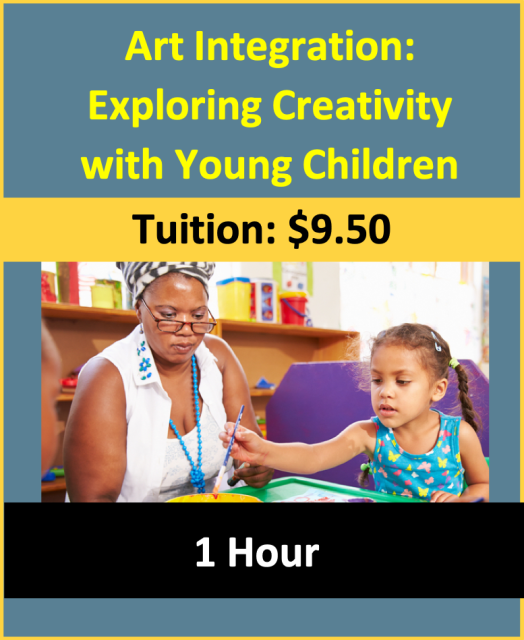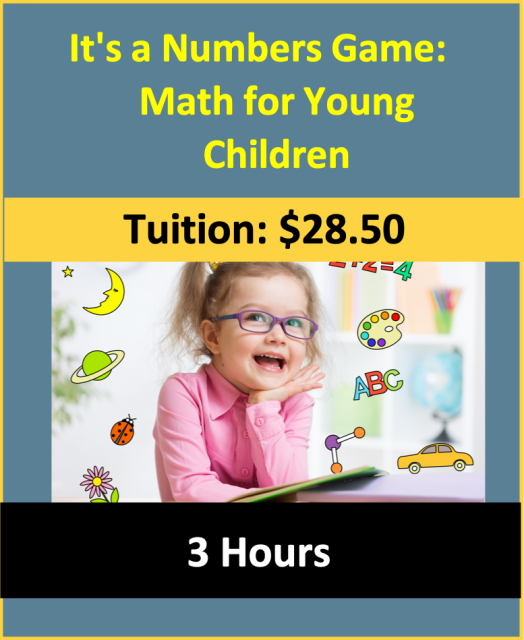Contact Paper Jellyfish
Lesson Plan:
|
Activity:
Contact Paper Jellyfish
Lesson plan developed by Ms. Erika Geelhoed, BA Ed
Age Group:
* Lesson plan objective and assessment can be adapted to use this activity with school-age children.
Objectives:
Children will:
|
|
II.7.1a
Materials:
|
Procedure:
- Prepare for activity by cutting the contact paper into half circles.
- Remove the protective seal, and lay them sticky side up.
- Invite children to decorate their jellyfish with various craft materials.
- When they are finished, seal their work with another piece of contact paper.
- Use clear tape to hang them in a window to allow light to shine through them.
Assessment:
- Observe and record the children while they are creating. What did they have to say about their work? You can take pictures and record any conversations they have and put them in their portfolios.
Click on the course icon for enrollment information.
Art is a Process that is to be Explored
|
Art helps kids develop creative problem solving skills and learn to communicate thoughts, feelings and ideas in a variety of ways. Artistic endeavors also help children learn to adapt to and respect others' ways of working and thinking, as well as gain the tools necessary to develop empathy. When exposed to art in an effective way, children can learn that like most things in life, art is a process that is to be explored. Art is not something that should be "done" for the purpose of producing an end result that should be measured or compared.
For very young children, making art—or just talking about it—provides opportunities to learn words for colors, shapes and actions. Before they can talk, art offers young children a way to express themselves and communicate ideas. They are also using their imagination and expressing what they see and experience in an abstract form. Drawing, sculpting with clay and threading beads on a string all develop visual-spatial skills, which are more important than ever. When kids are encouraged to express themselves and take risks in creating art, they develop a sense of innovation that will be important in their adult lives. |








